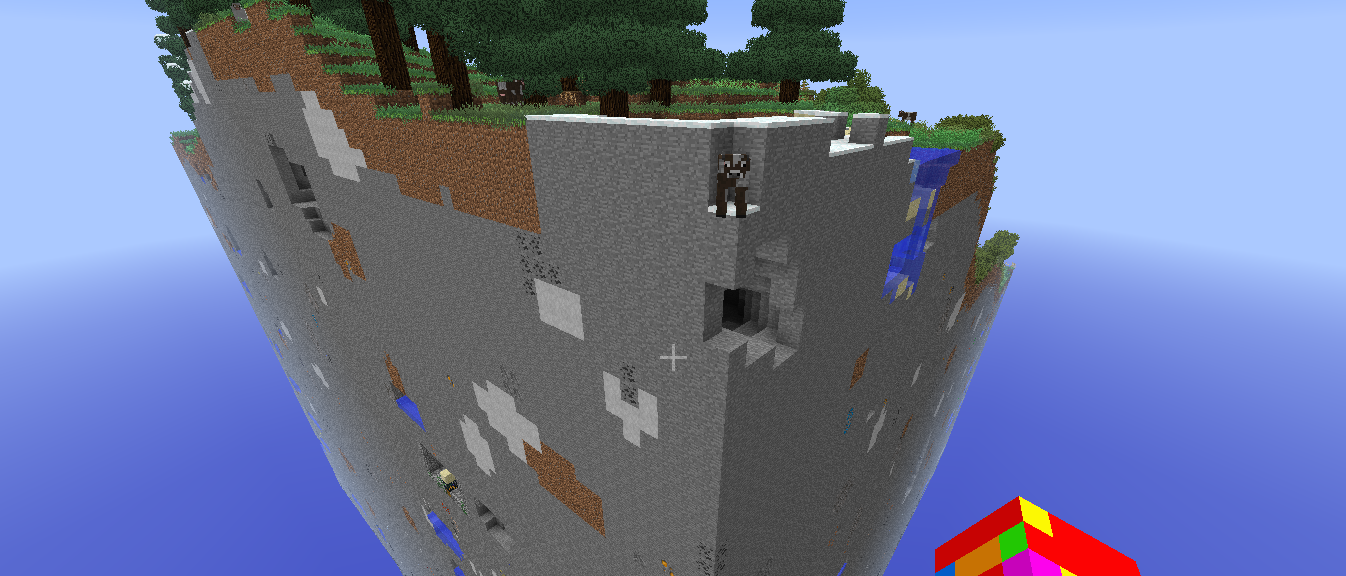minDcraft
hacked game installation
collaborator: Pierson Browne, Joachim Despland
New Museum, New York, USA
2015
MindCraft is a multimedia installation that attempts to engage the audience with a hacked version of the famous game Minecraft and to encourage them to think about the questions surrounding the creation and destruction of cities, civilizations and societies.
In its original form, Minecraft is a digital game that encourages players to freely create, destroy, and explore in an open virtual world. At first, players build modest structures to protect themselves against the monsters that roam the wilds at night, but as the player’s mastery over the game grows, so does their ability to create something grand and lasting. The infinitely large game world contains infinite resources, and as such, players are free to dream up of and construct impossible structures, convoluted machinery, labyrinthine gardens, or grandiloquent metropolises; the only limits are those of the imagination.

In this unbounded world, visitors are free to ignore the problems they have created with impunity; if an area has become deforested, barren, or polluted, players may simply move onto a fresh new area, rendering invisible their missteps and excesses as they fade beyond the horizon. By encouraging players to recklessly develop and exploit the game’s ‘natural’ world, Minecraft harnesses and perpetuates logics which view the real world as an inexhaustible source of materials at the disposal of our consumptive desires. But what if Minecraft, rather than portraying a world of vast possibility and scant consequence, could be altered to focus on the opposite? How would the play experience change if the infinite world was made pressingly and inescapably finite?
In Gina Haraszti, Pierson Browne and Joachim Desplande’s gameplay hack MindCraft, the boundless and bountiful world of Minecraft has been replaced by a small, isolated island in the sky, surrounded on all sides by a vast and infinite void. With a paucity of living space, limited resources, and nowhere else to go, visitors are forced to survive within the small world they have inherited, passing their resources from one generation to the next. What will they leave for the future players? Desolate, barren landscapes or flourishing, sustainable civilizations? The way visitors play MindCraft will determine whether the world is fated to thrive or to perish; visitors and players alike will be able to see the evolution of this ephemeral virtual world in a special time-lapse video installation that will accompany the game.









